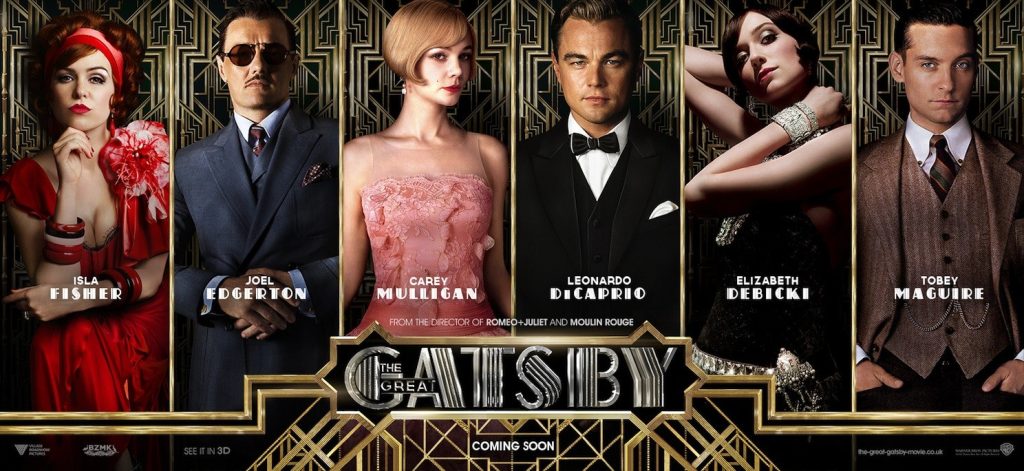In F. Scott Fitzgerald’s iconic novel “The Great Gatsby,” the shimmering lights of the Jazz Age illuminate a world of opulence, excess, and moral ambiguity. Set against the backdrop of Long Island during the Roaring Twenties, the narrative unfolds through the eyes of Nick Carraway, a disillusioned Midwesterner drawn into the orbit of the enigmatic millionaire Jay Gatsby. As Nick navigates the intricate web of relationships and aspirations that define Gatsby’s world, Fitzgerald crafts a scintillating tale of love, longing, and the elusive pursuit of the American Dream.
At its core, “The Great Gatsby” is a tragedy of epic proportions, tracing the meteoric rise and catastrophic fall of its eponymous protagonist. Gatsby, with his boundless ambition and insatiable yearning for the past, emerges as a symbol of both the allure and the futility of wealth and status. His relentless pursuit of Daisy Buchanan, a symbol of wealth and privilege, serves as a poignant reminder of the elusive nature of happiness and fulfillment. Through Gatsby’s tragic demise, Fitzgerald offers a sobering critique of the excesses and moral decay that characterized the Jazz Age.
Embedded within the glittering façade of Gatsby’s parties and lavish lifestyle lies a searing indictment of the societal values that underpinned 1920s America. Fitzgerald masterfully exposes the shallow materialism and moral vacuity that permeate the lives of his characters, revealing the hollowness that lurks beneath the veneer of prosperity. From the superficiality of Daisy Buchanan to the callousness of Tom Buchanan, each character serves as a reflection of the moral decay that infects Gatsby’s world, where wealth and privilege serve as poor substitutes for genuine human connection.
Against the backdrop of Prohibition-era America, Fitzgerald skillfully captures the zeitgeist of the Jazz Age, weaving a rich tapestry of historical and cultural references that bring the era to vivid life. From the clandestine speakeasies to the clandestine affairs that punctuate the narrative, “The Great Gatsby” offers a kaleidoscopic glimpse into a world defined by rebellion, excess, and societal upheaval. Fitzgerald’s meticulous attention to detail and evocative prose transport readers to a bygone era, immersing them in the sights, sounds, and sensations of 1920s America.
Central to the novel’s enduring appeal is its exploration of timeless themes that resonate with readers across generations. From the corrosive effects of wealth and privilege to the elusiveness of the American Dream, “The Great Gatsby” grapples with fundamental questions about the nature of human existence and the pursuit of happiness. Through the lens of Gatsby’s tragic quest for love and identity, Fitzgerald offers a poignant meditation on the fleeting nature of success and the inexorable passage of time.
As scholars and readers continue to dissect and analyze its themes, “The Great Gatsby” remains as relevant today as it was nearly a century ago. Its enduring popularity speaks to its status as a literary masterpiece and a cultural touchstone, revered for its incisive social commentary and timeless exploration of the human condition. In an age defined by shifting values and societal upheaval, Fitzgerald’s magnum opus serves as a beacon of insight and introspection, reminding us of the enduring power of literature to illuminate the complexities of the human experience.
